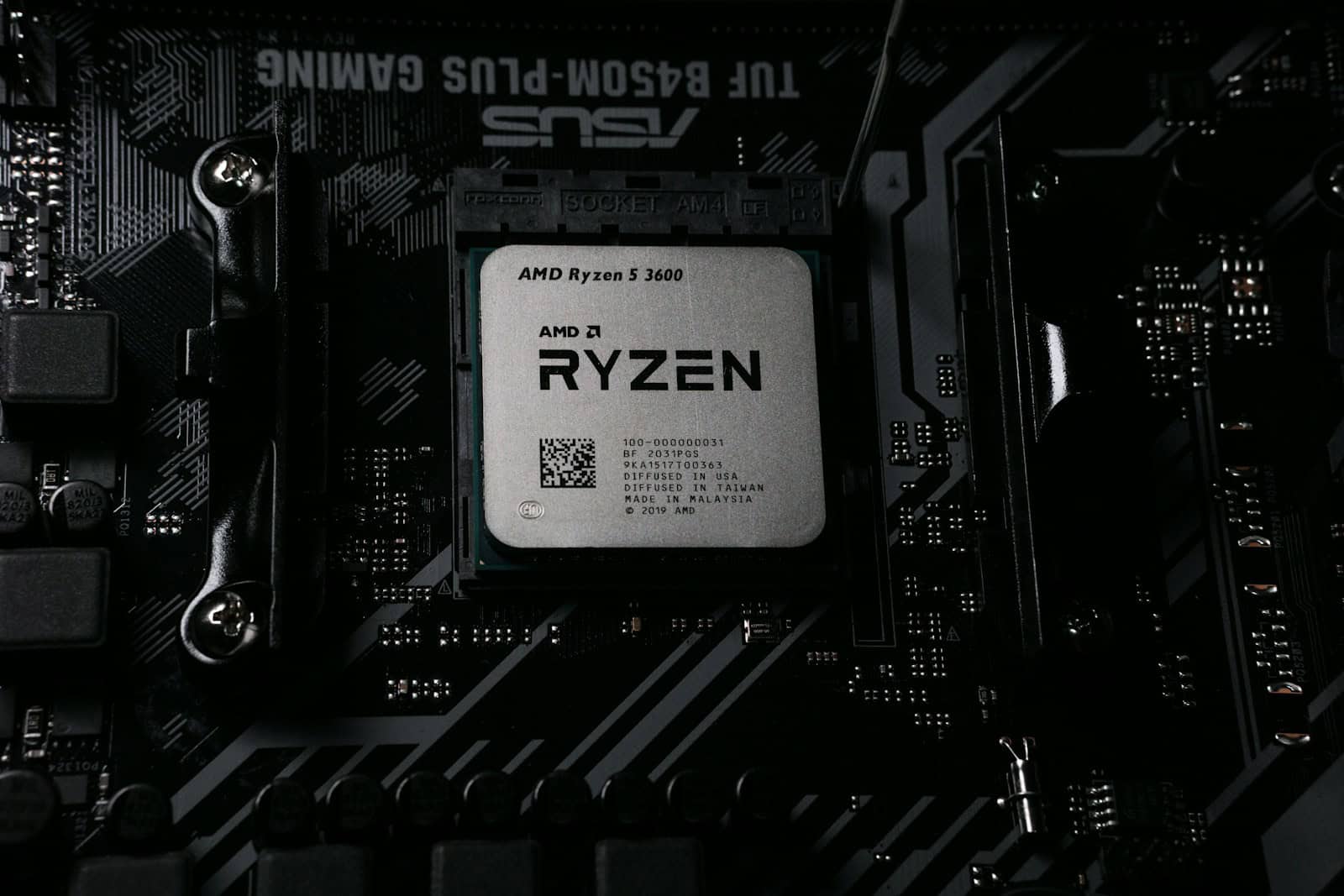Simultaneous multithreading, or SMT, is a feature of modern processor design that allows a single CPU core to manage multiple threads at once. This technology capitalizes on the idea that by allowing multiple threads to execute simultaneously, a CPU can process data more efficiently. When one thread waits for data, another thread can use that idle time to work, so the processor’s resources are used more effectively. The result is improved performance and increased efficiency, especially on systems running multiple applications at the same time or complex software that can handle numerous threads.
Thus, SMT is a way to make a CPU more capable without increasing its physical core count. It’s like having two workers sharing the same workspace—when one needs to pause, the other can continue the job. The advantages of SMT are more pronounced in scenarios where a processor would otherwise have to wait and waste time due to delays in data availability. Certain tasks, such as those that involve complex calculations or data processing, can significantly benefit from this technology, as it allows a single physical processor to function more like two separate processors.
Unlocking Processor Potential
SMT is a technique that boosts the efficiency of modern processors. It allows multiple threads to run concurrently, sharing the same processor resources. Think of it as a highway with multiple lanes: instead of cars waiting in line, they can all move forward at the same time.
How Does SMT Work?
SMT works by dividing a physical processor core into multiple virtual cores, called threads. Each thread can handle a separate task or instruction, allowing the processor to execute multiple tasks simultaneously. This can significantly improve performance, especially in tasks that can be split into smaller parts, such as web browsing or video editing.
Benefits of SMT
SMT offers several advantages, including:
- Increased Throughput: By executing multiple threads concurrently, SMT can boost the overall number of tasks completed in a given time.
- Improved Resource Utilization: SMT helps utilize processor resources more efficiently by keeping them busy with multiple threads.
- Enhanced Multitasking: With SMT, multiple applications can run smoother and more responsive, as each task gets its dedicated thread.
Applications of SMT
SMT finds applications in various fields, including:
- Servers: SMT can enhance the performance of servers by handling multiple client requests simultaneously.
- Workstations: It can improve the responsiveness and multitasking capabilities of workstations used for demanding tasks like video editing or 3D rendering.
- Gaming: Some games can benefit from SMT by using multiple threads for different game elements, such as physics, AI, or rendering.
SMT vs. Hyper-Threading
Intel’s implementation of SMT is called Hyper-Threading. While the terms are often used interchangeably, there are subtle differences. Essentially, Hyper-Threading is Intel’s brand name for their SMT technology.
SMT Implementations
Different processor manufacturers may have varying implementations of SMT. Here’s a comparison of some popular ones:
| Technology | Manufacturer | Threads per Core |
|---|---|---|
| Hyper-Threading | Intel | 2 |
| Simultaneous Multithreading | AMD | 2 |
| UltraSPARC T1 | Oracle | 8 |
Considerations and Limitations
While SMT can bring significant benefits, there are some considerations:
- Not all applications benefit from SMT: Some programs may not be designed to take advantage of multiple threads, or might even experience performance degradation with SMT enabled.
- Increased power consumption: Running multiple threads concurrently can lead to higher power consumption.
- Potential security vulnerabilities: In some cases, SMT has been shown to introduce security vulnerabilities related to side-channel attacks.
Overall, Simultaneous Multithreading is a powerful technique that can unleash the full potential of modern processors. By enabling multiple threads to run concurrently, SMT can significantly improve performance, efficiency, and multitasking capabilities in various applications.
Key Takeaways
- Simultaneous multithreading allows a single CPU core to handle multiple threads to improve efficiency.
- SMT enhances performance by letting threads use idle processor resources effectively.
- The technology is beneficial for running multiple applications or complex tasks concurrently.
Fundamentals of SMT
Simultaneous Multithreading, or SMT, is a technique that boosts a CPU’s efficiency by allowing it to handle multiple instruction streams at once. This approach increases the number of tasks a processor can perform at the same time.
Principles and Operation
SMT works by enabling a single CPU core to process parts of different threads concurrently. Threads are like separate workers in a factory. If one worker is idle because he’s waiting for materials, another worker can step in and use the equipment. With SMT, multiple threads share one core’s resources, which reduces wait times and makes things run faster. Intel’s Hyper-Threading Technology in their Pentium 4 and later CPUs is one well-known implementation of SMT.
SMT in Modern CPUs
Modern CPUs, like those from Intel and AMD, have embraced SMT to improve performance. For example, Intel uses this in many of their chips to turn each physical core into two virtual ones. This is like having an extra helper at each workstation in the factory. The CPU can do more work at the same time, which is great for tasks like video editing where a lot is going on at once.
Advantages of SMT
SMT can significantly increase a CPU’s throughput. This is the amount of work done in a certain time. It’s like when more packages go out each hour from a warehouse because more workers are packing boxes. SMT also boosts instruction-level parallelism; this means doing different parts of the job at the same time. Processors handle tasks from various threads without waiting for one to finish before starting another.
Challenges and Considerations
However, SMT isn’t perfect. It can use more power and create more heat, which is like a busy factory getting hotter and using more electricity. Sometimes it must be turned off to keep a system stable or secure. Also, not all tasks are made faster with SMT. Sometimes a process gets complex and takes longer, like traffic getting slow when too many cars are on the road.







